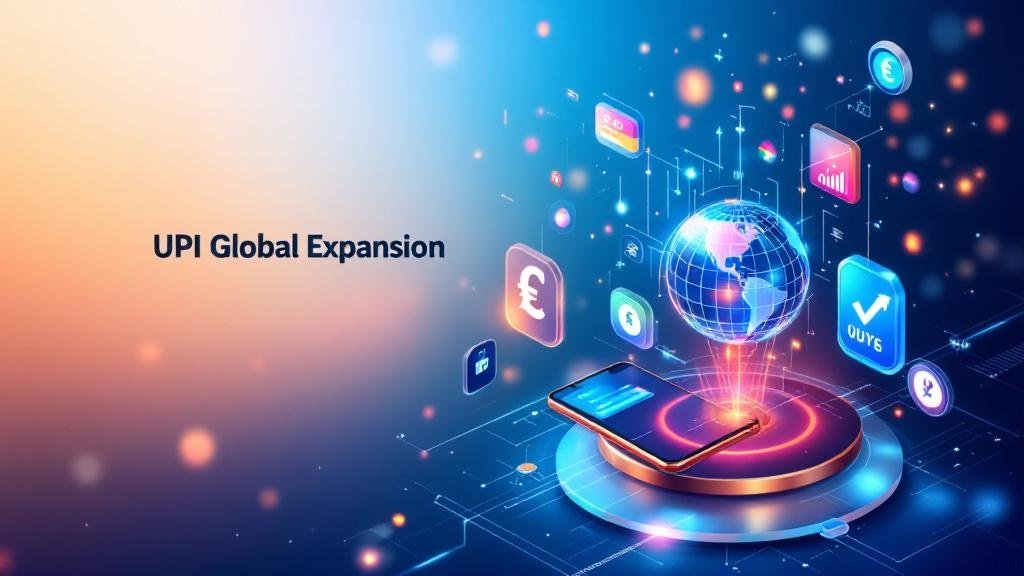In the not-so-distant past, opening a bank account meant standing in line at a physical branch, filling out piles of paperwork, and waiting for hours to complete a simple task. Fast forward to today, and mobile banking has revolutionized the entire process. Gone are the days of waiting in queues and dealing with cumbersome paperwork. Now, you can open a bank account with just a few taps on your phone, without stepping foot inside a branch. But how did we get here?
This blog post will take you on a journey through the history of mobile banking, the development of mobile banking technology, and how it has reshaped the way we manage our finances today. Whether you’re new to mobile banking or have been using it for years, this article will provide valuable insights into the mobile banking growth over time and the mobile banking breakthroughs that have made all of this possible.
The History of Mobile Banking: From the 90s to Today
Mobile banking didn’t just appear overnight. It has evolved over decades, and understanding its history will help you appreciate the level of innovation and convenience that we often take for granted.
Mobile Banking in the 90s
The concept of mobile banking in the 90s was very primitive compared to what we have now. In the early days, mobile banking was limited to simple tasks like checking account balances and viewing recent transactions through SMS. This early form of banking was a major milestone but didn’t offer the full range of services that users expect today.
Real-life example: Imagine sending a text message to your bank, asking for your account balance, and receiving a short reply with the information you requested. While it wasn’t flashy or sophisticated, it was the first step toward what we now know as the rise of mobile banking.
Mobile Payments History: A Glimpse Into the Future
As the world entered the 2000s, mobile payments started to emerge. This era marked the birth of digital wallets, which allowed users to store their payment information securely on their phones and make payments with just a tap. Mobile payments history took off in the mid-2000s when companies like Apple and Google introduced payment apps, allowing consumers to make in-store purchases without using cash or credit cards.
The introduction of contactless payment systems further simplified the payment process. These systems relied on NFC (Near Field Communication) technology, which allowed mobile phones to communicate with point-of-sale terminals in stores to complete payments seamlessly.
The Rise of Mobile Banking: Key Breakthroughs
The rise of mobile banking was not just about checking balances or transferring funds; it was about the complete rethinking of how financial services could be delivered. Several key breakthroughs made mobile banking the dominant force it is today.
Early Adoption of Mobile Banking
The early adoption of mobile banking can be traced back to financial institutions recognizing the growing use of mobile phones. Banks began to launch their first mobile apps, making it possible for customers to do more than just check balances. From transferring money to paying bills, mobile banking started to evolve.
Example: In the early 2010s, Bank of America launched a mobile banking app that allowed users to make transfers, check transactions, and even deposit checks using their phone’s camera. This feature was a game-changer and helped set the stage for the modern mobile banking experience we have today.
Mobile Banking Features: What Can You Do?
Today’s mobile banking apps offer a wide variety of features, making it easier than ever to manage your finances. Some common features include:
Account management: View balances, check transaction history, and manage accounts.
Money transfers: Send money to other accounts or people instantly.
Bill payments: Pay utility bills, credit cards, and more.
Mobile check deposits: Take a photo of a check to deposit it remotely.
Security features: Biometric authentication (fingerprint, face recognition) and two-factor authentication for enhanced security.
Digital Transformation in Banking
The digital transformation in banking is one of the key driving forces behind mobile banking’s success. This transformation encompasses everything from fintech innovations to digital wallets and mobile technology in banking. It has led to the creation of apps and platforms that bring financial services directly to consumers, removing the need for physical bank branches.
Real-life example: The development of mobile wallets like Apple Pay, Google Pay, and Samsung Pay are prime examples of how digital transformation has changed the way we approach banking. These apps not only allow users to make payments but also store loyalty cards, boarding passes, and other important documents, all in one place.
The Role of Mobile Phones in Banking
The advent of smartphones has made it possible to bring banking services directly to the consumer’s fingertips. The role of mobile phones in banking has been pivotal, as smartphones now serve as a personal bank in your pocket. The seamless integration of mobile phones with banking apps has made managing finances easier and more accessible than ever before.
Impact of Mobile Phones on Banking
The impact of mobile phones on banking cannot be overstated. In just a few short years, smartphones have become essential tools for managing personal finances. The mobile-first generation expects fast, reliable, and easy access to their accounts, and banks have had to adapt to these new expectations.
With the rise of ubiquitous mobile banking, financial institutions can now serve customers anytime, anywhere. Whether you’re at home, at work, or on vacation, you can open a new account, transfer funds, or check your balance without needing to visit a branch.
Bank Branches and Mobile Banking
While bank branches haven’t disappeared completely, the shift to mobile banking has drastically reduced the need for physical visits. Many customers now choose to open accounts and perform daily banking activities exclusively via mobile apps. This has forced traditional banks to rethink their branch strategies, often focusing on customer service and consultation rather than routine transactions.
Real-life example: Chime, an online-only bank, allows users to open new accounts and perform all banking tasks via its mobile app, without ever visiting a physical branch. This model has been highly successful, particularly among younger, tech-savvy customers who prefer digital-first banking.
The Future of Mobile Banking
As mobile banking continues to evolve, we can expect even more mobile banking innovations in the coming years. These include improvements in security features, AI-powered financial advice, and the increased adoption of open banking systems, which allow third-party apps to access bank data to create more personalized financial experiences.
Mobile Banking Breakthroughs: What’s Next?
The future of mobile banking holds exciting possibilities, such as:
AI and machine learning to provide personalized financial recommendations.
Blockchain for secure, transparent transactions.
Voice banking: Using voice assistants like Siri or Alexa to perform banking transactions.
Digital currencies: The integration of cryptocurrencies into mobile apps.
FAQs About Mobile Banking
1. How do I open a bank account using mobile banking?
Opening a bank account via mobile banking is simple. Most banks offer apps that allow you to sign up online. You’ll need to provide personal information, verify your identity, and in some cases, upload documents like your ID. Once completed, your new account will be ready for use.
2. What are the key features of mobile banking?
The key features of mobile banking include account management, money transfers, bill payments, mobile check deposits, and robust security features like biometric authentication and two-factor authentication.
3. What is the history of mobile payments?
Mobile payments began in the mid-2000s with the introduction of digital wallets like Apple Pay and Google Pay. These technologies allowed consumers to store payment information on their phones and make contactless payments, paving the way for the mobile payment revolution.
4. Is mobile banking secure?
Yes, mobile banking is secure, thanks to features like encryption, biometric authentication, and two-factor authentication. However, it’s essential to use strong passwords and keep your phone secure to protect your information.
5. Can I open an account with an online-only bank?
Yes, many online-only banks offer the ability to open accounts via mobile apps. These banks often have lower fees and offer more convenient services since they don’t require physical branches.
6. How has mobile banking impacted traditional banks?
Mobile banking has forced traditional banks to innovate, focusing on digital services to meet customer demand for convenient and accessible banking. Some banks have downsized their physical branches as mobile banking usage has increased.
7. What are the future trends in mobile banking?
The future of mobile banking includes AI-driven financial services, blockchain for secure transactions, voice banking, and integration with digital currencies like cryptocurrencies.








Comments (0)